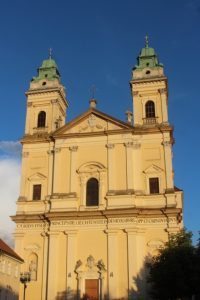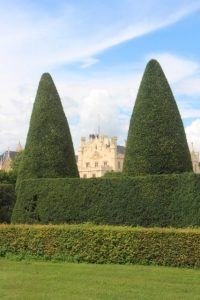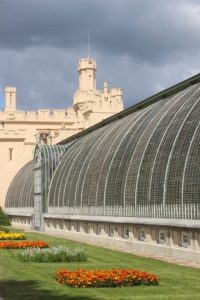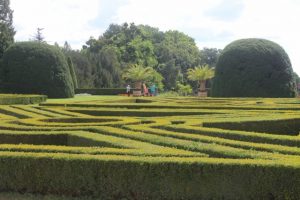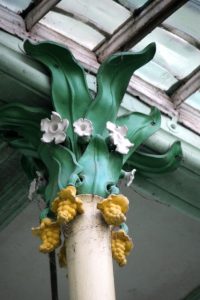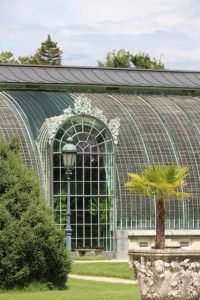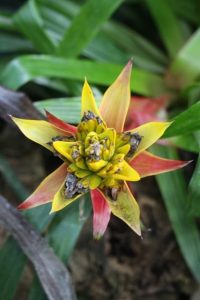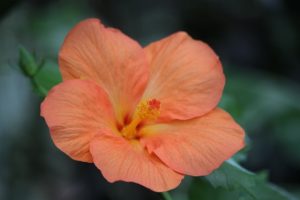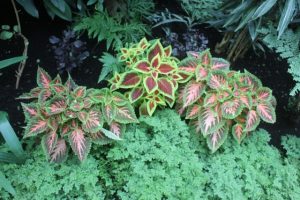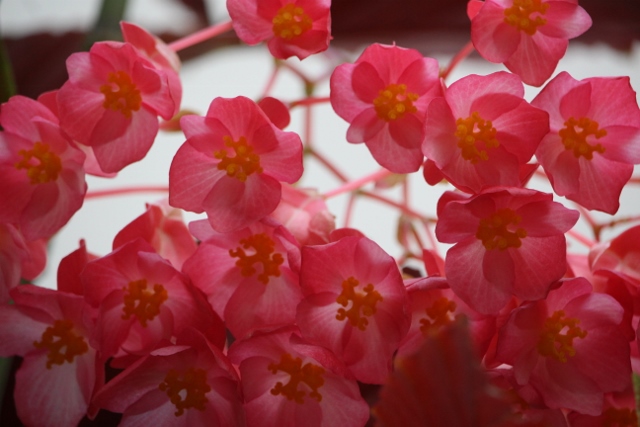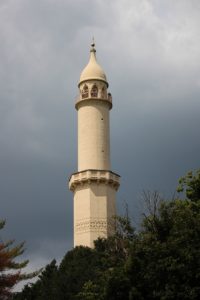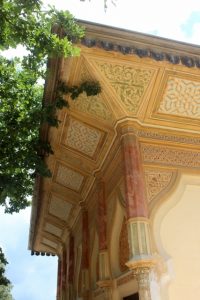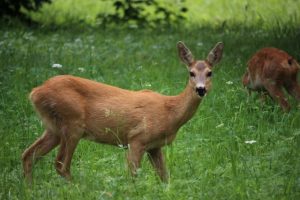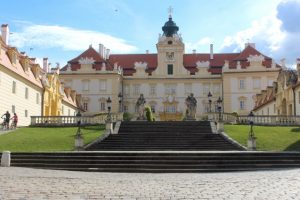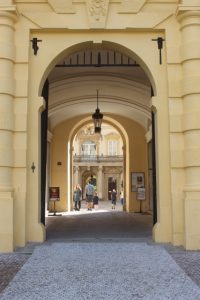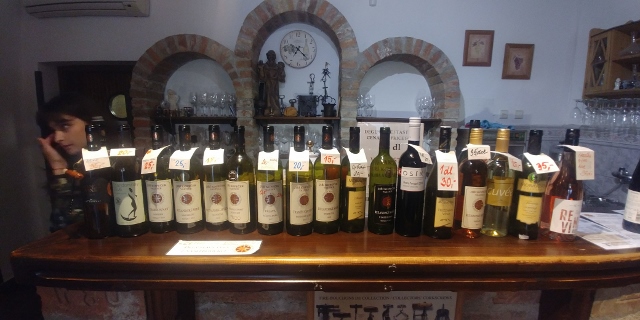In the Valtice and Lednice region the extravagant former palaces of the Lichtenstein family dominate, but this is also the most wellknown Czech wine area – with mixed results.
The area around Valtice and neighbouring Lednice is a good example of how European nobility operated in the Middle Ages. There are two palaces here, both until the expulsion of Germans in 1945 owned by the Lichtenstein family, those of present-day Grand Duchy fame. Oh, and before 1945 they also owned some 1600 km2 of land in the Czech Republic alone, ten times the size of the present-day Principality of Lichtenstein.
The two palaces are seven kilometres apart. Why you need two of those, only seven kilometres apart, it beats me, but I suppose if you have so much money you don’t know what to do anymore, you build another palace in your own back garden. After all, at the hight of their power and influence, the Lichtensteins owned no less than 99 estates – one more, and they would be obliged to maintain a standing army serving the Habsburg emperor.
The folly doesn’t stop here. At one of the palaces, in Lednice, extravagantly refurbished in the 18th and 19th Centuries, there is not only a tropical plants house, a wrought-iron and glass structure full of palm trees and orchids, but also a huge park. In part, this constitutes the palace gardens, with beautiful flower beds and short-cropped hedges. But the larger share of the park is given over to an array of completely unnecessary structures, built by the Lichtensteins for personal entertainment and amusement: there is – showpiece – a 60 meter tall minaret, there is an aqueduct leading to nowhere, a castle ruin – built as a ruin! -, an exotic pavilion. But most of all, it is a pleasant walking area, around ponds, across deer-filled meadows and through forests.
The palace in Valtice is equally extravagant, but without the park of follies. The palace is at the edge of town, which is nice in itself, with a large central square WITHOUT pastel-coloured medieval houses, but plenty of terraces linked to wine tasting opportunities – the reason we had chosen our accommodation in Valtice. Many of the wine bars are linked to specific wine producers, and can let you taste a range of different wines with the most fabulous grape names. There is the Rulandski Bile and the Rulandski Sede – Pinot Blanc and Gris, respectively -, the Ryzlink Rynsky (Rhine Riesling), Veltlinsky Zelene (Gruner Veltliner), as well as local grapes like Palava and Tramin and several others. The business model is clear: you buy a glass of wine per 10 or 20 cl, no freebies, no give-aways, even a piece of bread or a cracker needs to be paid for, in between the tasting. Obviously, we tried several – wines and wine bars -, but we were mostly unimpressed, by the nil-flexibility attitude in the wine bars, which is mostly about selling, not about making you appreciate the local product, and by the mostly mediocre quality of the wine. The Pinot Noir (Rulandski Modre) is perhaps the only drinkable exception. We even took a few bottles home.
next: the karst landscape and caves of Moravsky Kras
